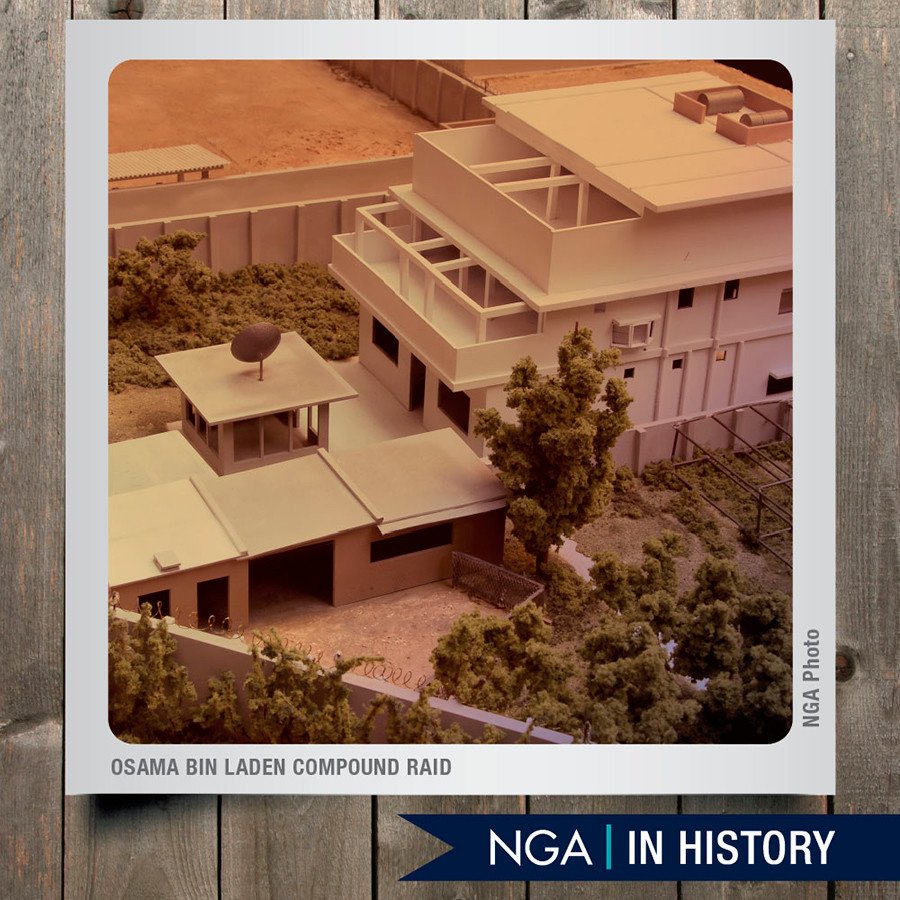A US spy agency’s new $1.7 billion western headquarters will be constructed in St Louis, Missouri, where the National Geospatial-Intelligence Agency has had its offices for 70 years.
The National Geospatial-Intelligence Agency (NGA) hopes to build its new western HQ in north St Louis, where it was offered free land on the site of the failed Pruitt-Igoe public housing complex.
The failed projects were demolished in the 70s, when many African-Americans residents moved to nearby Ferguson, now infamous as the city where teenager Michael Brown was shot by police officer Darren Wilson in 2014.
Illinois Governor Bruce Rauner had hoped to entice the spy agency to the Prairie State by also offering free land, but the spy agency chose to remain in St Louis.
The competition between the two states has drawn attention to the government spying agency which has enjoyed a far lower profile than that of the NSA, the CIA and other elements of the US’s large intelligence apparatus.
So what exactly is the NGA?
The NGA is part of the Department of Defense and works with the CIA and the Air Force to provide intelligence that is largely geographical in nature.
Established in 1996, the agency was known as the National Geospatial Intelligence Agency until 2003. It provides geospatial intelligence, or GEOINT to the Pentagon and the intelligence community. NGA also provides combat support, mapping and satellite imagery.
Its main headquarters are in Fort Belvoir in Virginia.
According to the NGA, “anyone who sails a U.S. ship, flies a U.S. aircraft, makes national policy decisions, fights wars, locates targets, responds to natural disasters, or even navigates with a cellphone relies on NGA.”
The agency credits itself with providing the strategic intelligence “that allows the president and national policymakers to make crucial decisions on counterterrorism, weapons of mass destruction, global political crises and more.”
The NGA also claims to “defend the nation against cyber threats” by providing support to other intelligence agencies.
According to the agency, “NGA was integral in helping the Department of Defense and U.S. Intelligence Community pinpoint the Abbottabad compound in Pakistan, where bin Laden was residing.”
Although Seymour Hersch’s investigation into his capture stated that a former Pakistani intelligence agent had provided the location in return for the $25 million reward offered by the US, the NGA did provide mapping of the compound and created a replica of the building to help plan the raid.

Documents released by former government contractor Edward Snowden showed the NGA received $4.9 billion of the US’s ‘black budget’ in 2013, double its funding in 2004. In comparison, the CIA received $14.7 billion and the NSA $10.8 and their budgets increased by 56 and 53 percent, respectively.
Director of National Intelligence James Clapper worked as director of the NGA for five years, from 2001 to 2006. Clapper began working there two days after 9/11 and recalled how they “dramatically altered the organization and outlook of the Agency” over a long weekend.
“Our nation, and our Agency, was fully engaged in a war and we had no choice but to focus on doing the best we could,” he said.
The NGA played a role in providing the data used to create the false weapons of mass destruction narrative that the US used as the reason to invade Iraq.

